Curry is one of the most prevalent foods in many Asian cultures, and a dish that has reached fame and renown worldwide, but typically when foreigners think of curry, the first countries that come to mind are India, Thailand, and China. Japanese curry rice does not spring to mind as an obvious example, which is a shame because Japanese curry is unique in its approach and appeal.
What is Japanese Curry?
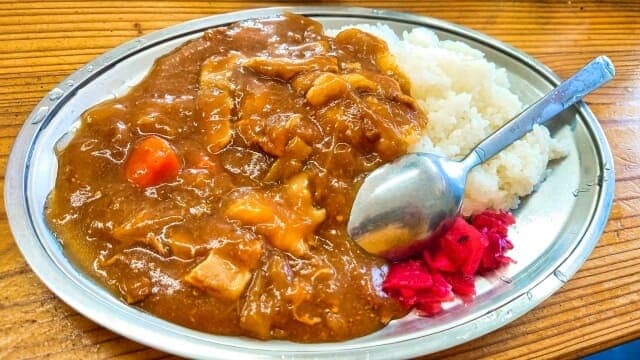
Japanese curry, or “kare” (カレー) in Japanese, is a popular dish in Japan that features a thick, savory curry sauce served over rice. Japanese curry sauce is thick and rich, with a smooth texture. It typically has a mild to moderate level of spiciness. It has a complex flavor profile that combines savory, sweet, and aromatic notes, often featuring ingredients such as onions, carrots, potatoes, and meat.
The basic ingredients for Japanese curry include onions, carrots, potatoes, and protein such as beef, pork, or chicken. Additional ingredients such as bell peppers, mushrooms, and peas may also be added for extra flavor and texture. Commonly made using pre-packaged curry roux, which is a thickening agent made from flour, butter, and curry spices. The roux comes in block or powder form and is dissolved in water or broth to create the curry sauce.
What’s so unique about it?
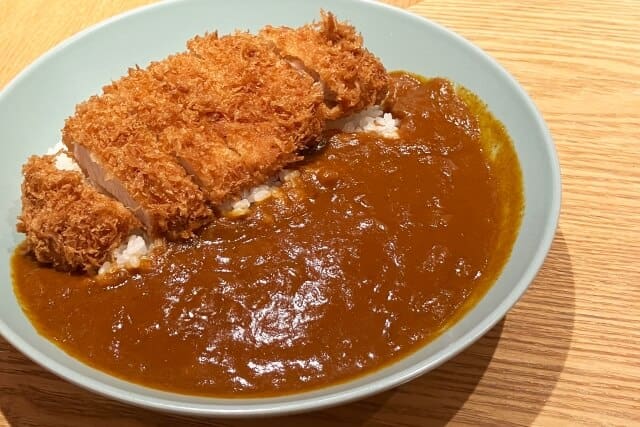
While curries from the aforementioned countries like India will place a lot of emphasis on the aromatics and the spiciness of the dish, Japanese curry is the ultimate comfort food, striving to be much more mild than these other curries and accentuating sweetness and rich flavors above everything.
The part of the cooking method that most distinctly causes and highlights the flavor of Japanese Curry is that the curry sauce is made on its own, separately from the other ingredients in the style of French roux. The vegetables and meat of choice are cooked using Japanese stewing techniques. The separation of ingredients in addition to the diverse methods of preparation allow for their flavors to be shown more distinctly and be brought out to the fullest. The meat and vegetables have their original textures and flavors preserved, rather than being overpowered by the flavor of the curry as is more common in other cultures that typically cook the ingredients with the roux together at the same time.
How did Curry make the leap from Britain to become Japan’s favorite dish?
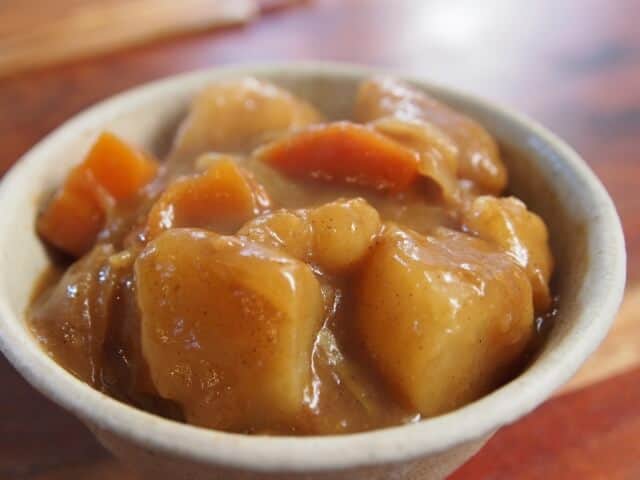
The journey of Japanese curry from Britain to becoming a staple in Japan’s culinary landscape is marked by a fascinating blend of history and cultural adaptation. Contrary to popular belief, curry in Japan owes its roots more to British influence rather than its Indian origins. An intriguing tale from a leading commercial curry manufacturer narrates how a starving Japanese boy, who stowed away on a British ship, discovered the flavor of curry served by the British navy. This chance encounter led to the boy spreading the word about curry upon his return, sparking its popularity across Japan.
The Meiji era played a pivotal role in shaping Japan’s culinary landscape and openness to foreign influences. During this period, Japan transitioned from centuries of isolation to embracing Westernization and modernization. Emperor Meiji’s lifting of restrictions on meat consumption in 1872 symbolized a significant shift in dietary habits, allowing the integration of Western dishes like beef curry into Japanese cuisine. The introduction of instant curry in 1907 made curry more accessible to the masses, contributing to its widespread popularity.
Industrialization, globalization, and geopolitical changes further fueled the popularity of Japanese curry. Recolonization efforts in regions like Hokkaido not only increased agricultural production but also facilitated the spread of curry stalls, offering a hearty and affordable meal option. Additionally, the Japanese navy’s influence played a role in popularizing curry, as it became a staple food for sailors, addressing nutritional deficiencies through the inclusion of thiamine-containing meat and flour. Thus, Japanese curry’s journey from a foreign novelty to a beloved national dish reflects Japan’s rich history of cultural exchange and adaptation.
Versatility and Popularity of Curry
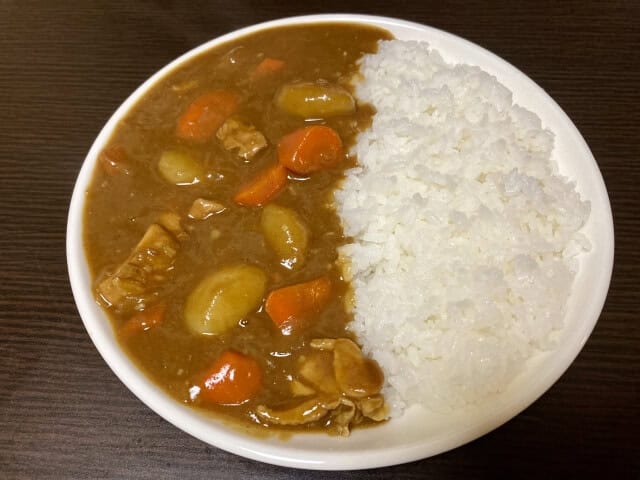
Curry, with its rich history and diverse culinary heritage, stands out as a dish that thrives on versatility and adaptability. In Japan, curry takes on various forms, catering to different tastes and preferences. While some iterations emphasize spiciness, others prioritize different flavor profiles. Yet, regardless of its incarnation, curry holds a cherished place in Japanese cuisine, deeply embedded in the nation’s culinary fabric. Initially introduced to Japan by British Navy officers, curry rice underwent a remarkable cultural transformation. What was once viewed as a Western import gradually evolved into a beloved comfort food found in countless Japanese households.
This culinary evolution spurred a creative explosion, giving rise to a myriad of curry-infused dishes, including curry udon, curry soba, curry ramen, and curry pan (bread bun). The widespread popularity of curry in Japan is palpable, with ready-to-eat curry readily available in stores nationwide. It has become a staple in Japanese households, often making regular appearances in meal rotations.
Curry to Japanese Culture
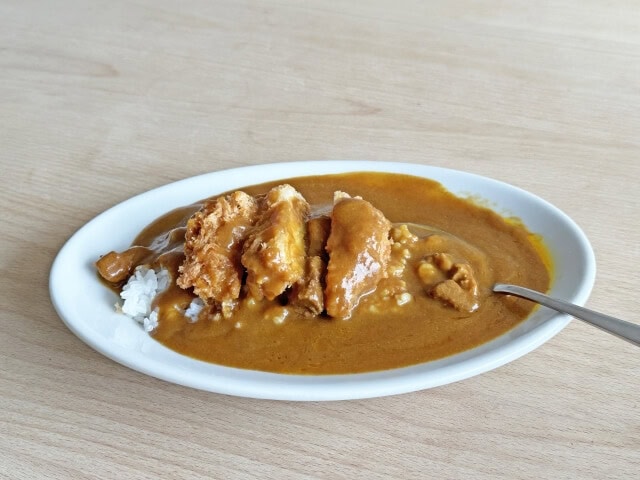
While curry originated elsewhere, Japanese curry strongly demonstrates the ingenuity of the Japanese people by highlighting the willingness and creativity that the culture goes through in order to adopt elements of other cultures and make it their own. Despite being introduced in Japan within the last two centuries, Japanese curry has become its own dish that is completely different from its peers, and an important and popular food across the nation.
The curry is very close to the life of the Japanese. As curry is a popular menu not only for home and restaurants, but also for school meal, there are various opportunities to eat. It is ideal for school meals because it is easy to cook and is a nutritious comprehensive diet containing all of rice (staple diet), vegetables (side dishes), meat or seafood (main dish) in one plate dish. It is favorite menu for children. Also, curry is particularly delicious when many ingredients are finely chopped and cooked in a big pot, it is often cooked and eaten in open-air school and outdoor such as camping.
Original Japanese Curry Variations
Powdered, roux and retort pouch curry are the most popular in homes, but venture into a curry restaurant. And you’ll discover another aspect of Japanese curry culture.
A bowl of popular udon noodles in a thick curry-flavored broth. A Tokyo original since 1904, the flavor also contains a hint of soy sauce and traditional dashi broth. A wonderful mix of Japanese and Western tastes.
Curry rice is a Japanese traditional meal that consists of curry served over rice. There is also a variety of original-style curry rice that is only found in Japan.
Thick curry sauce over a deep-fried pork cutlet. Another blend of Japanese and Western tastes that originated in Tokyo in 1918.
Curry bread or Kare pan is a type of Japanese side dish bread that uses curry as an ingredient. Locals wrapped or placed the curry in bread and baked or fried.
Curry snacks
The country is also awash in curry-flavored snacks, drinks and other treats that are always popular with curry loving Japanese!
Curry Fusion Dishes
Supreme oxtail curry
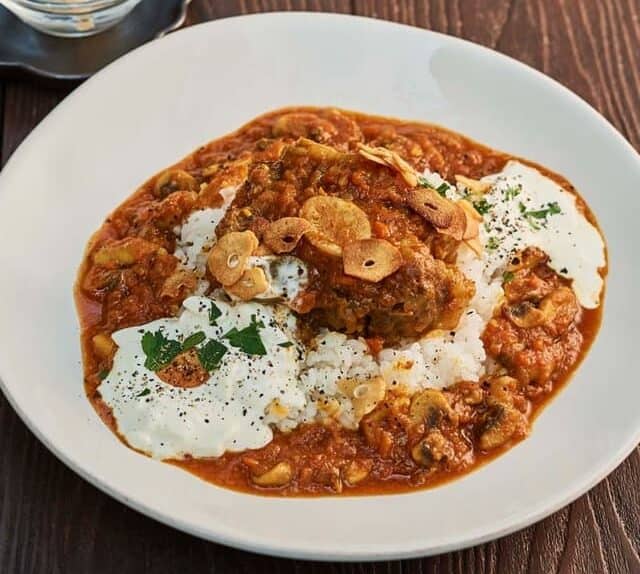
A curry dish made by adding spices to stewed beef tail, a local dish from Rome, Italy. The rich flavor of the tail soup, vegetables, tomato sauce, and 6 types of spices combine to create a unique flavor.
Lightning Caligari Makio Curry
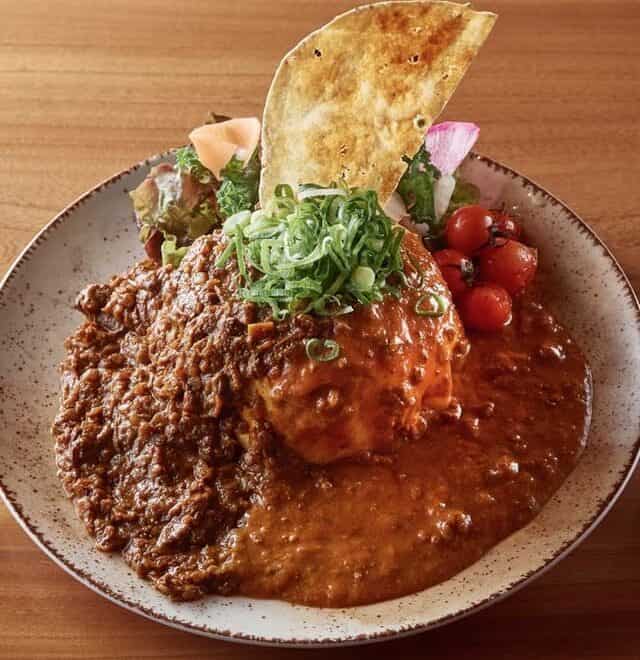
The Hiroshima okonomiyaki specialty store offers an unprecedented okonomiyaki curry! There are chunks of turmeric rice inside the perfectly round okonomiyaki. A combination of melty, rich coconut curry and authentic Indian curry made with dozens of spices.
Sheep spareribs medicinal soup curry
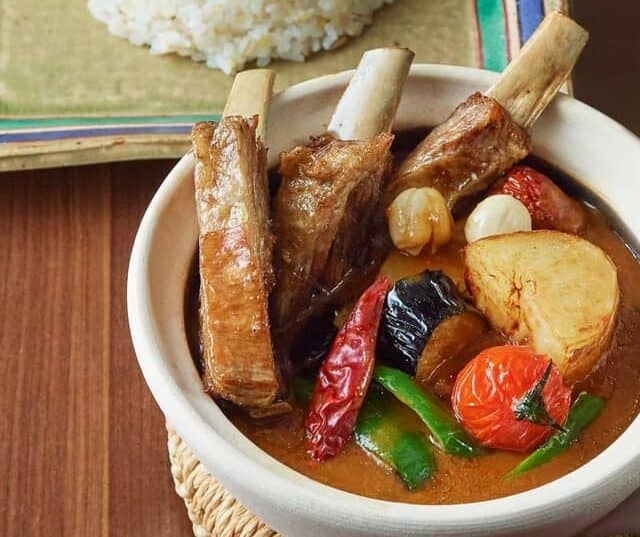
Lamb spareribs are slow-cooked with fennel and cumin to remove the bitterness, until they are soft enough to fall off the bone, and then fried for a fragrant aroma. The curry, based on a soup with the flavor of lamb, is blended with spices inspired by Sichuan hot pot, creating a complex depth that is not just spicy.
Where to find it?
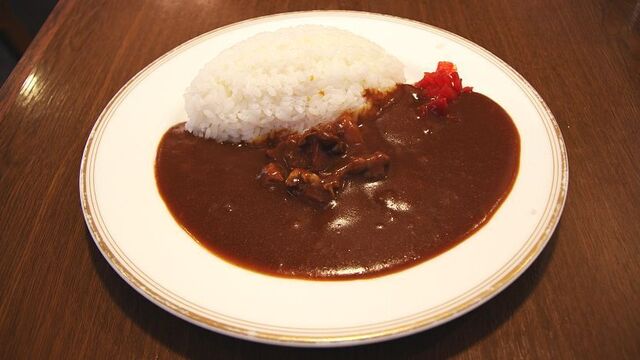
In Japan, you can find Japanese curry served in various types of restaurants, ranging from casual eateries to specialty curry shops. Here are some common types of restaurants where you can enjoy Japanese curry:
Curry Houses (カレーハウス)
These are dedicated curry restaurants that specialize in serving a variety of curry dishes. They often offer customizable options, allowing you to choose the type of curry sauce, protein, and toppings. Some popular curry house chains in Japan include CoCo Ichibanya (known as Coco’s), Go! Go! Curry, and Curry House CoCo Ichibanya.
Family Restaurants (ファミリーレストラン)
Family restaurants in Japan, such as Denny’s, Jonathan’s, and Gusto, typically have a diverse menu that includes Japanese curry alongside other Western and Japanese dishes. These restaurants are often affordable and family-friendly.
Izakayas (居酒屋)
Izakayas are casual pubs or taverns where you can enjoy a wide range of Japanese dishes, including curry. While izakayas may not specialize in curry, they often have it as part of their menu, offering a cozy atmosphere to enjoy a comforting bowl of curry with friends over drinks.
Convenience Stores (コンビニ)
Japanese convenience stores like 7-Eleven, Lawson, and FamilyMart offer ready-to-eat meals, including Japanese curry. You can find packaged curry meals that you can heat up in-store or take home for a quick and convenient meal.
Department Store Food Floors (デパ地下)
Department stores in Japan typically have a food floor (depachika) where you can find a wide selection of gourmet food items, including prepared meals like curry. These upscale curry offerings may be more expensive but are often of higher quality and presentation.
How to eat it?
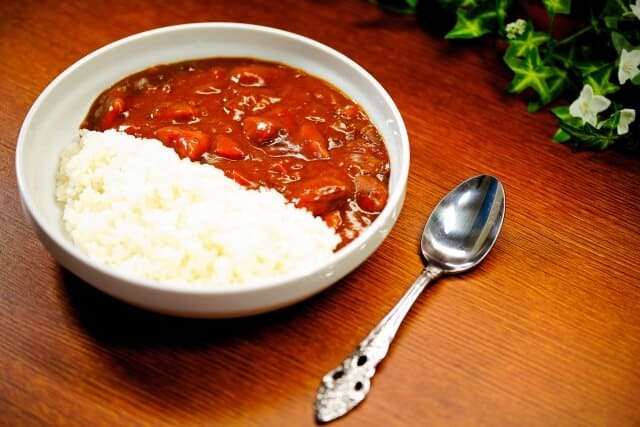
While Japanese curry is delicious on its own, it’s often accompanied by several side dishes that enhance the overall meal experience. When it comes to garnishes for curry, the two best garnishes are rakkyo and fukujinzuke. Some of the popular side dishes include:
- Fukujinzuke: A type of Japanese pickled vegetable relish, typically made with daikon radish, eggplant, and lotus root. It adds a tangy and crunchy element to the meal. The unique sweetness brings out the spiciness of the curry, making it more and more delicious. Did you also know that Fukujinzuke is a child’s taste. Rakkyo is an adult’s taste.
- Rakkyo: Pickled scallions or shallots that provide a sweet and sour contrast to the savory curry. The sweet and sour taste of rakkyo cleanses the palate, and you can eat it with curry.
- Shredded Cabbage: Raw cabbage is sometimes served as a side dish to balance the richness of the curry. It adds a refreshing crunch and acts as a palate cleanser between bites of curry.
Overall, eating Japanese curry is a personalized experience, and you can tailor it to your own taste preferences. Whether you enjoy it with traditional side dishes or experiment with new flavors, Japanese curry is sure to satisfy your craving for comfort food.
Place to buy different types of packed curry
Retroto (れとろと)

You can prepare retort food in hot water and is easy to store. Recently, local retort curry using local ingredients and specialties has become very popular. There are over 3,000 types of curry menu. Approximately 100 types of local curry from all over the country.
Prepared at Home
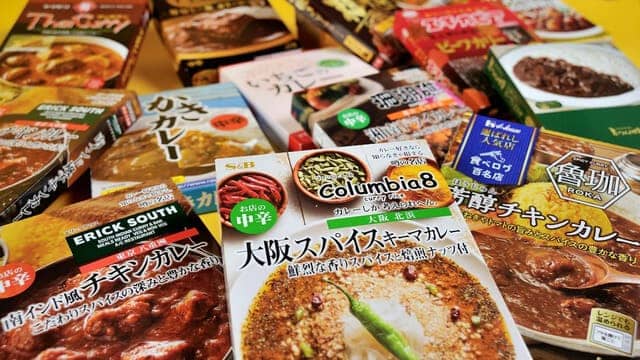
Japanese curry’s popularity isn’t limited to restaurants; it extends to home kitchens as well. Thanks to the availability of instant roux and retort packages, preparing this beloved dish at home has never been easier or more convenient.
For those opting for instant roux, the process typically involves cooking vegetables and meat in water until tender. Once the ingredients are cooked, solid chunks of curry roux are added to the broth, allowing it to thicken and infuse with flavor.
On the other hand, retort packages offer a fuss-free alternative. These pre-made curry stews come complete with vegetables and meat, requiring only a simple heating process. By immersing the package in hot water for a few minutes, the curry is quickly heated through and ready to be served over a bed of steaming rice.
Summary
Japanese curry holds a special place in Japan’s culinary landscape. It blends influences from Britain, India, and the unique tastes of Japanese cuisine. Today, Japanese curry is enjoyed in various forms across the country. From cozy family restaurants to bustling curry houses and even convenience stores. Its versatility, rich flavors, and comforting appeal make it a cherished dish that reflects Japan’s rich history of adaptation and culinary creativity.
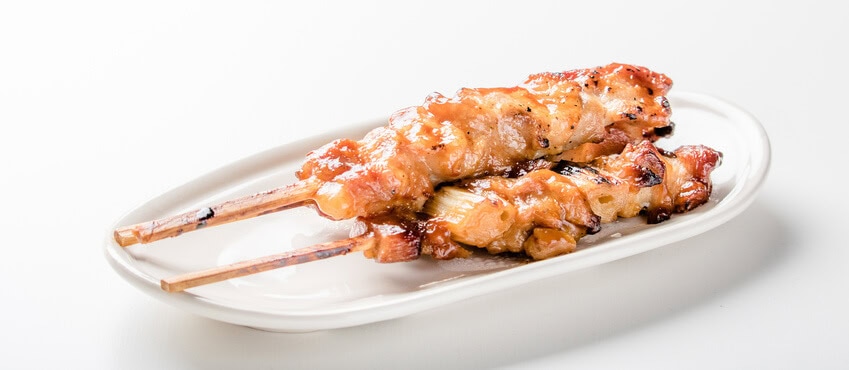
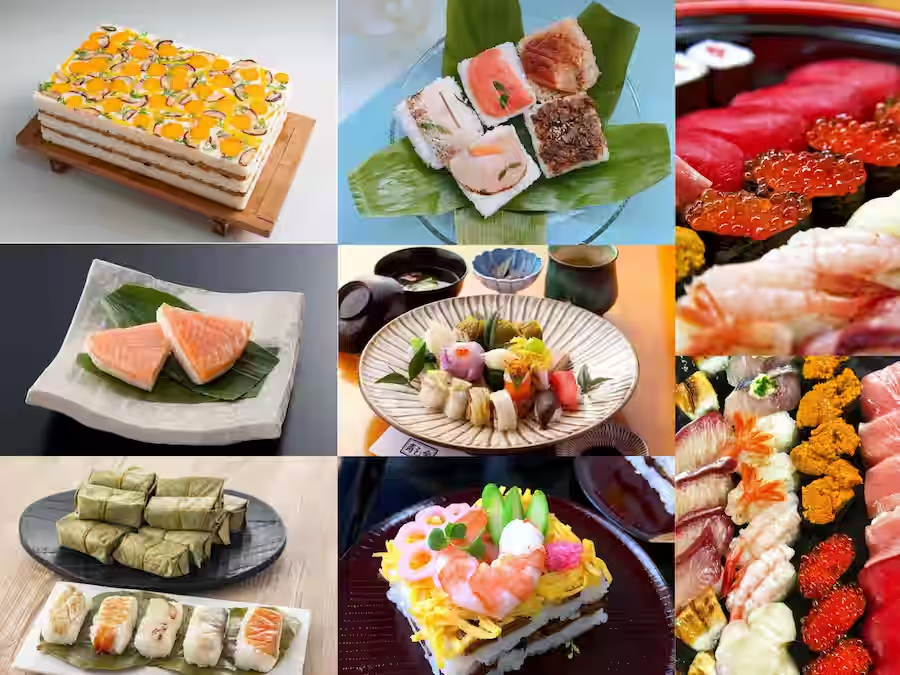
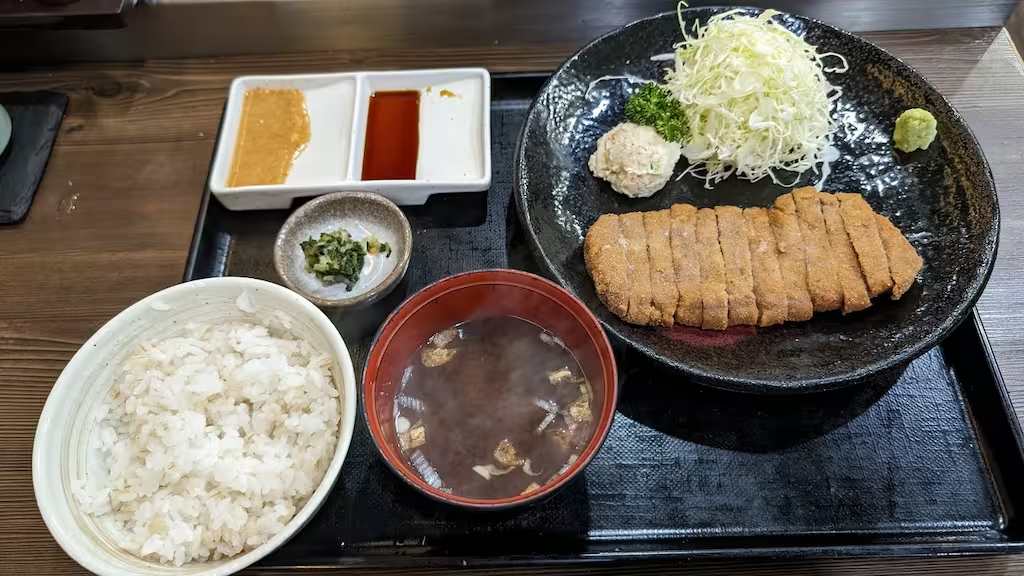
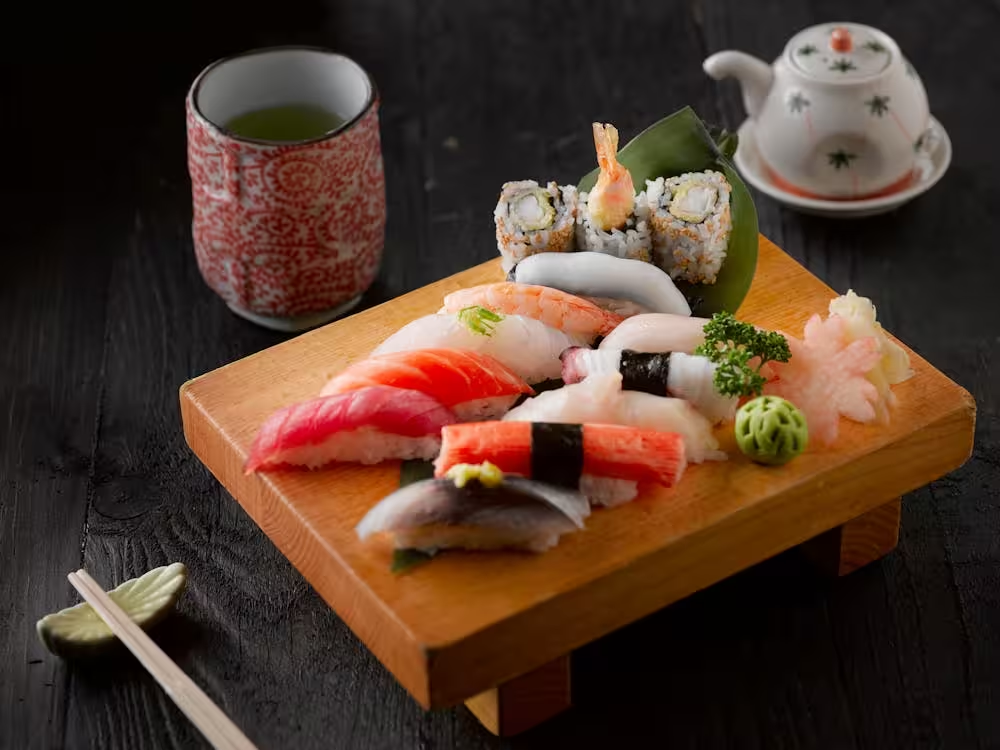
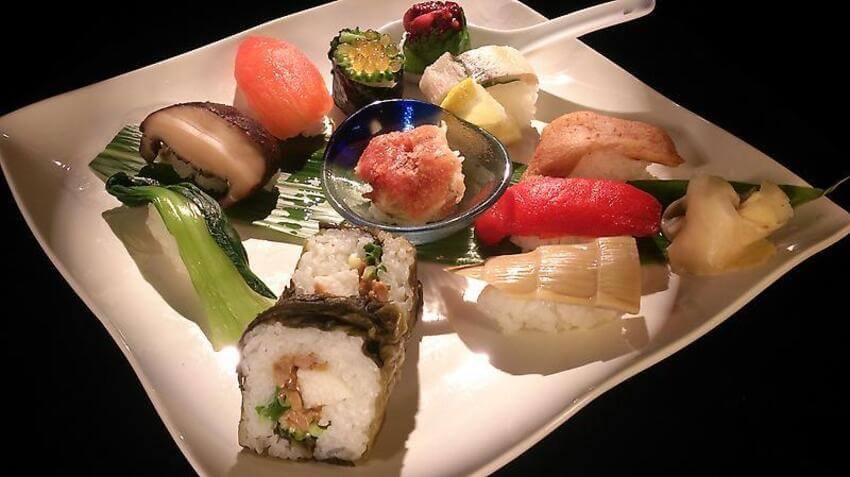

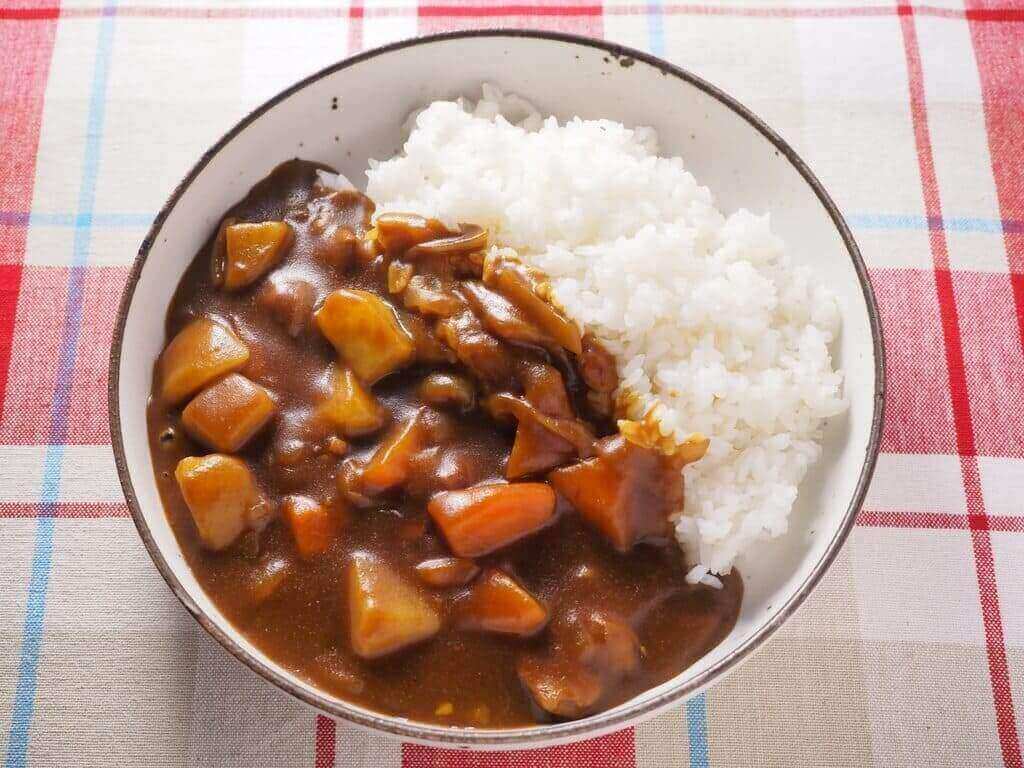
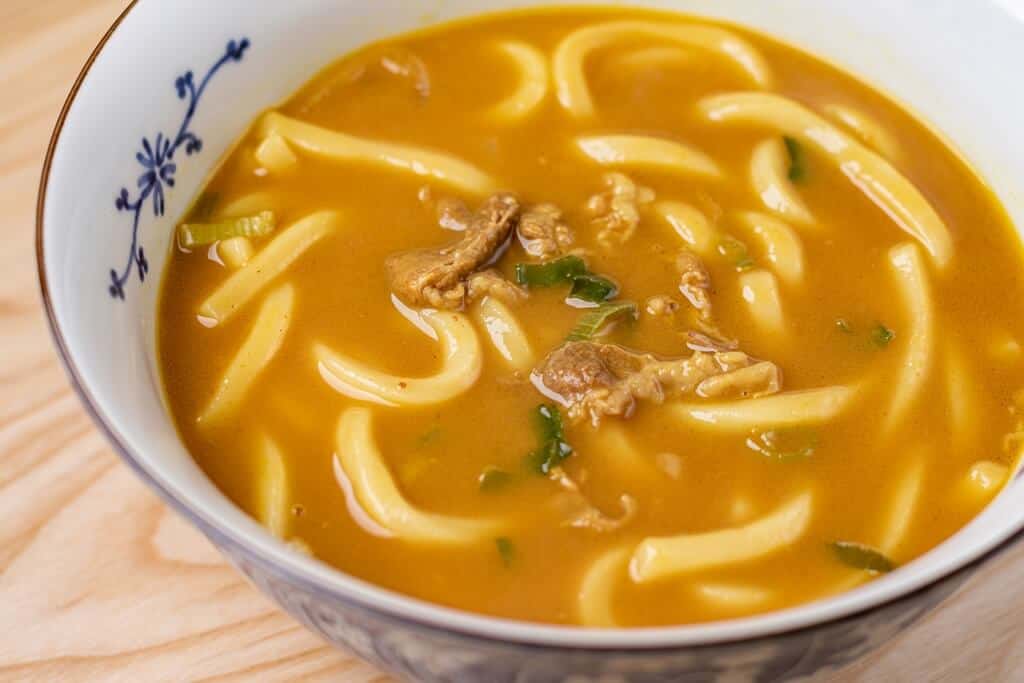
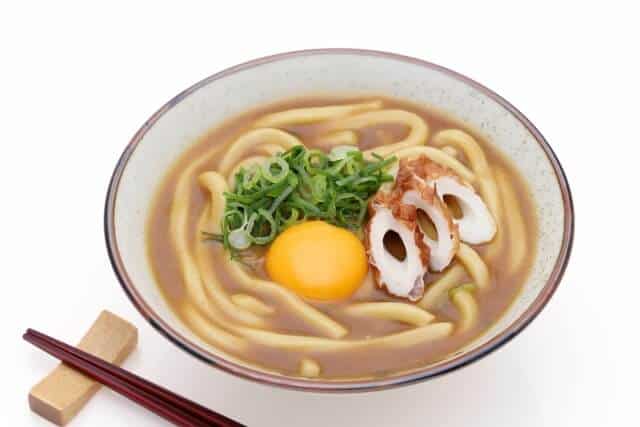
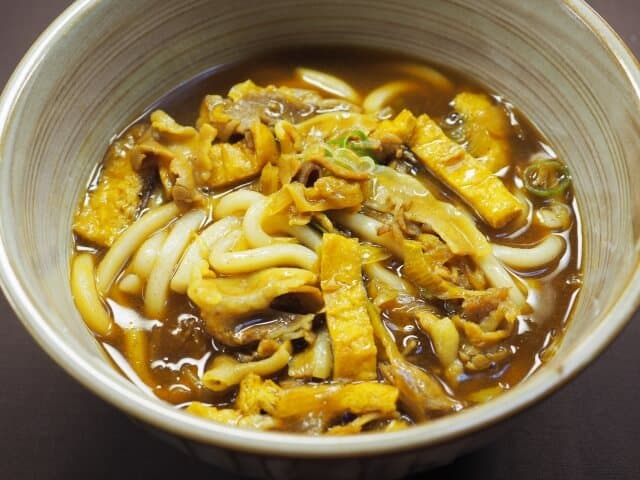
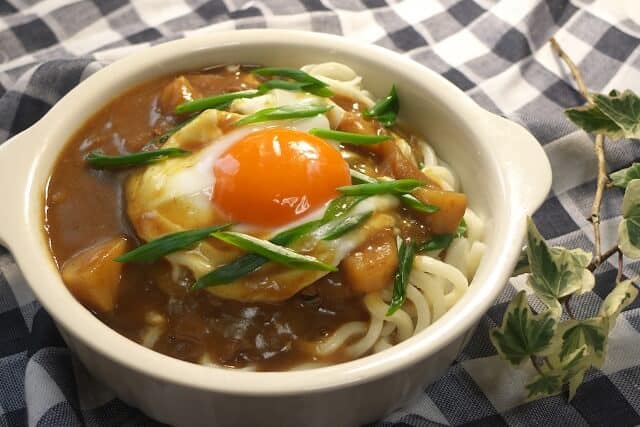
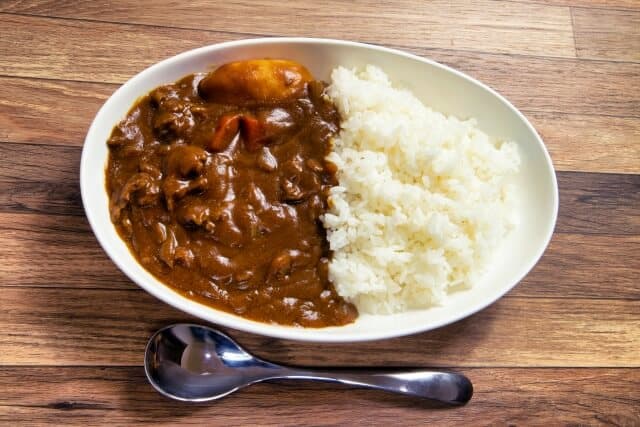
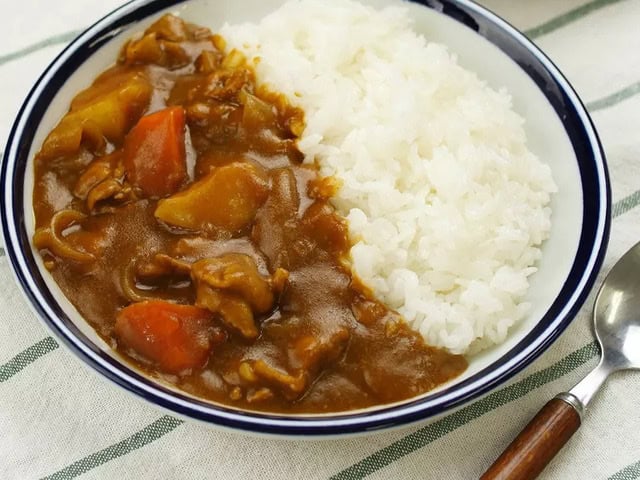
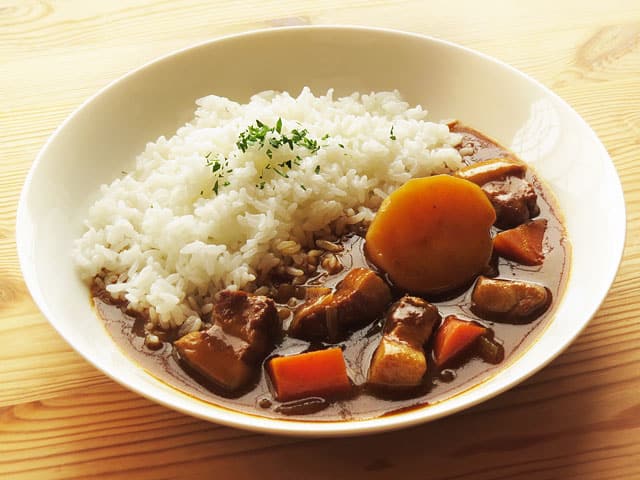
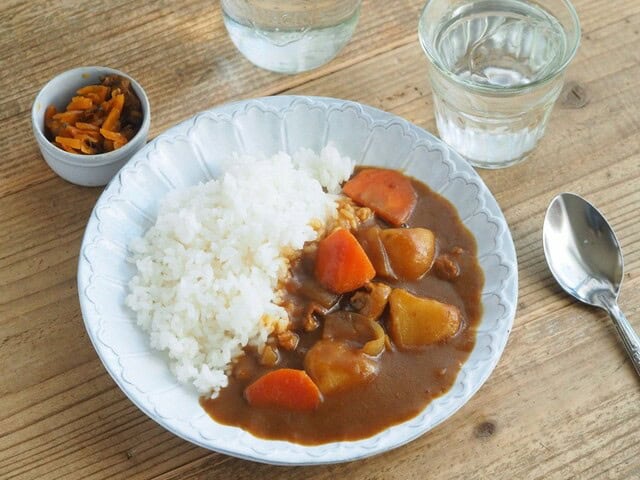
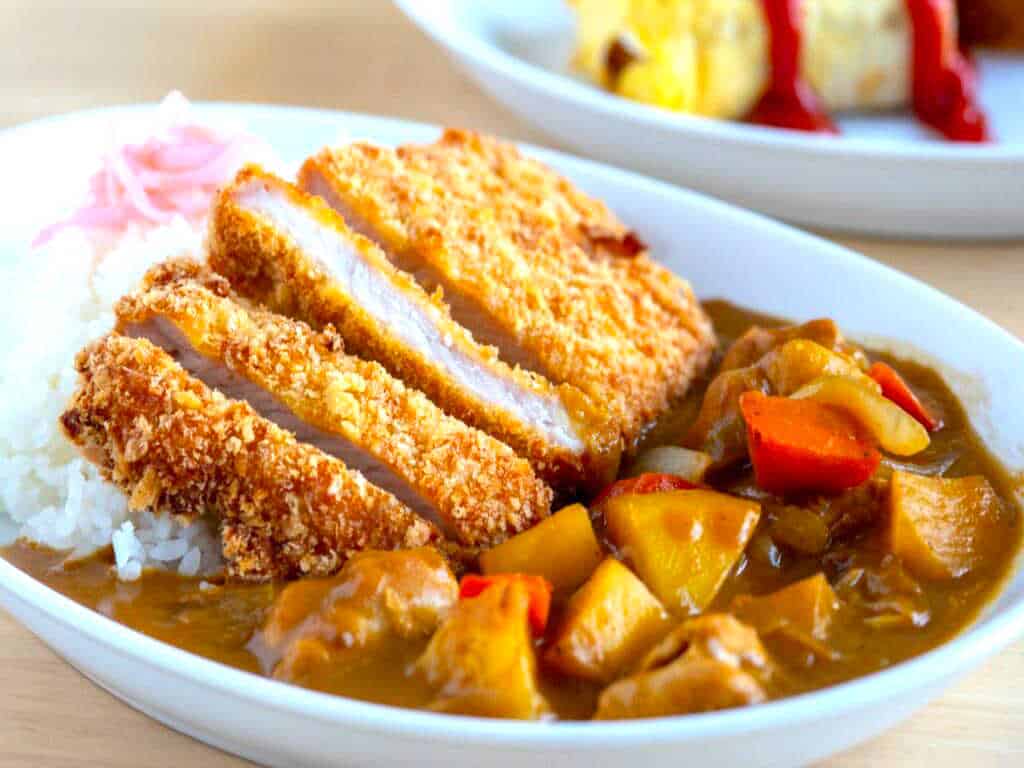
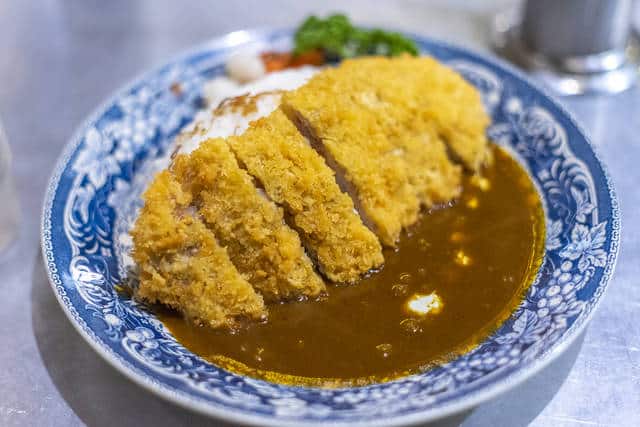
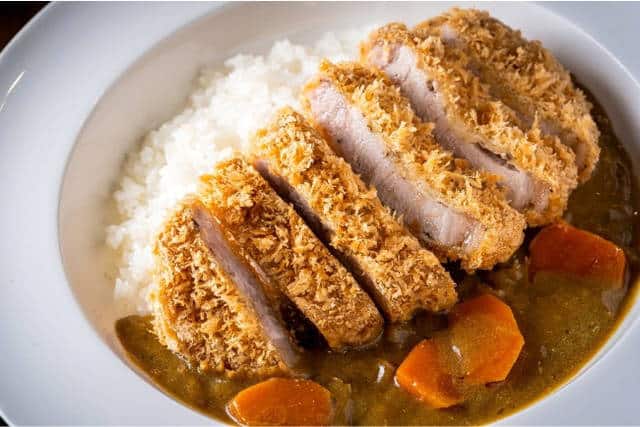
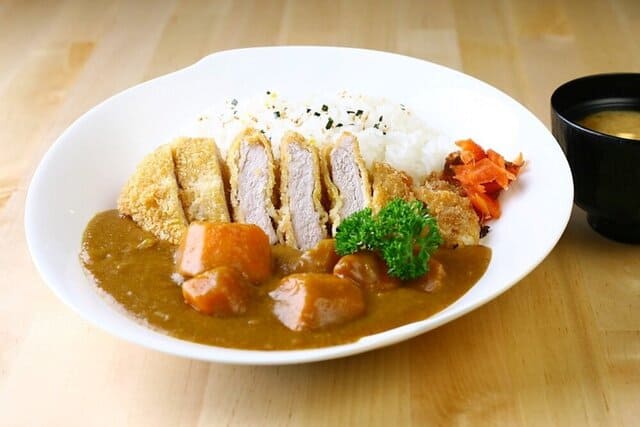


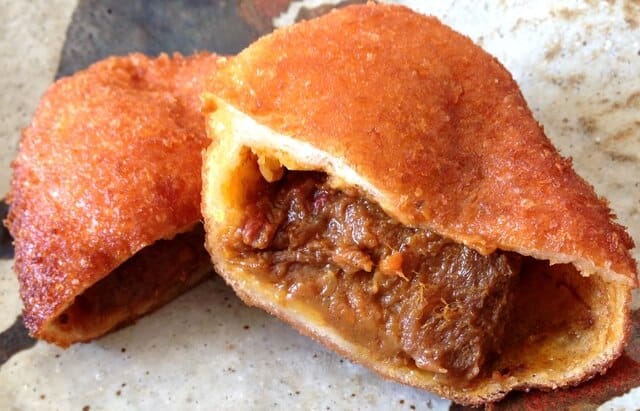

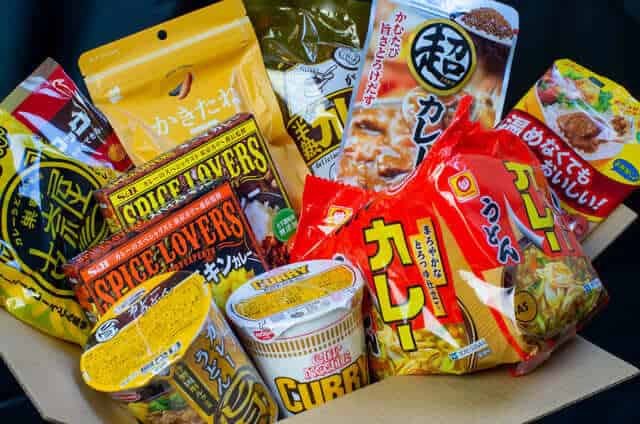
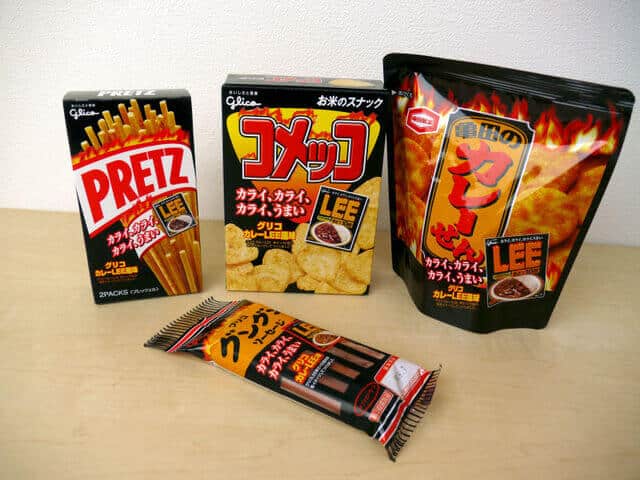
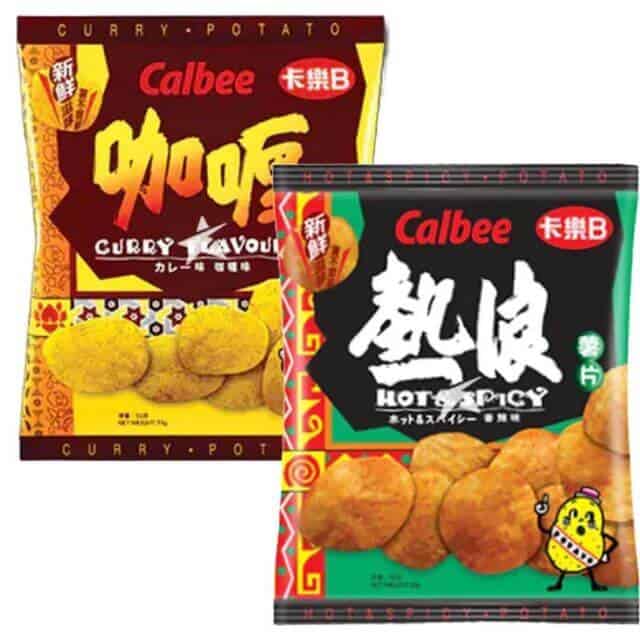
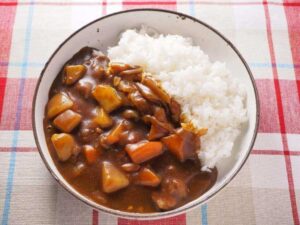
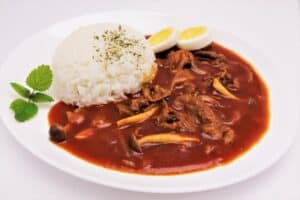
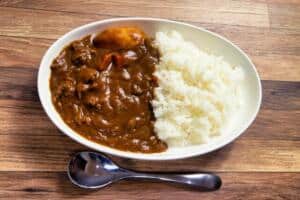
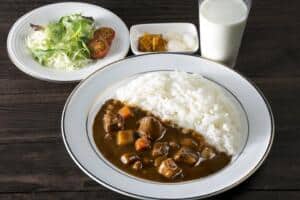

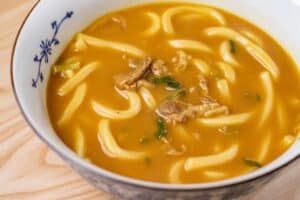

Comments